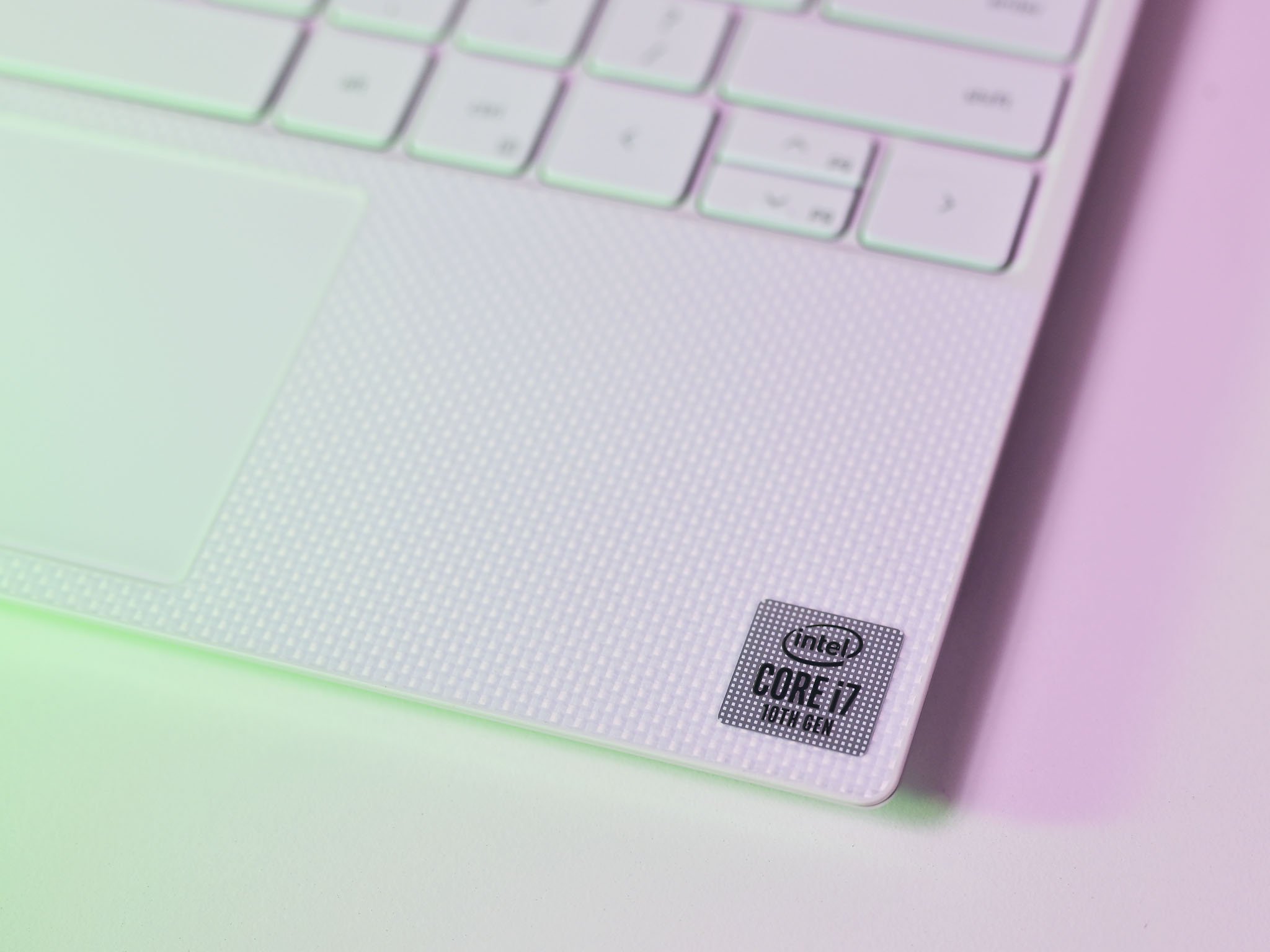Intel's next generation of processors and architecture brings significant improvements across the board.
What you need to know
- Intel announced several improvements of its technology at its Architecture Day 2020.
- The presentation covers Intel's upcoming chips, the Willow Lake architecture, and improvements to integrated graphics.
- The presentation includes the first architectural roadmap we've seen from Intel since 2018.
Intel announced a comprehensive set of details during its Architecture Day 2020. The presentation goes over Intel's upcoming chips, graphics, AI technology, and architectural changes to its lineup. The presentation is quite technical and covers a wide range of topics. The long in short of it is that Intel's next generation of chips and architecture is significantly better than the current generation.
Intel has hit some bumps lately, including delaying its 7nm chips and splitting its Technology, Systems, Architecture, and Client Group into five teams while seeing that groups head, Murthy Renduchintala, leave the company. Despite those troubles, Intel's chief architect, Raja Koduri says people at the company are optimistic.
"The last few weeks, particularly for us inside, have been pretty hard reading what's written about us," Koduri stated to reporters, adding, "As engineers inside Intel [we are] more energized, more motivated, more excited about our future than ever."
Some highlights from Architecture Day 2020 include a new system-on-chip (SoC) that will replace Lake Field, Intel's Willow Cove architecture, and Intel moving from Iris+ graphics to Xe integrated graphics.
While all of the changes represent important improvements, some changes stand out as a bit more consumer-facing. Intel's Tiger Lake processors will not use Iris+ graphics like Intel's Ice Lake. Instead, the newer generation will use a new line of XE graphics, including Xe LP.
As reported by Ars Technica, Intel calls Intel Xe LP "industry leading." Leaked benchmarks spotted by Wccftech show a Tiger Lake i7-1165G7 beating an AMD Ryzen 7 4700U by almost 35 percent in graphics. As always, it's important to take leaked benchmarks with a grain of salt.
Consumers will also see PCs become better at multitasking since Tiger Lake will be able to drive more displays at higher resolution than previous generations.
Intel's Willow Cove is a high-performance CPU micro-architecture. It follows up from Intel's Sunny Cove architecture and features several improvements, including more security features, a higher cache, and improved clock speeds. Notably, the higher clock speeds don't hinder systems' power consumption, as the Willow Cove chips are more efficient than Sunny Cove's. Willow Cove processors can work on lower and higher voltages and scale their frequencies to voltage.
As pointed out by ZDNet, This is the first time that Intel has presented an architectural roadmap since 2018, and the company took time to delve deeply into a breadth of topics. If Intel's figures hold true in real-world usage, its new Tiger Lake chips should stack up well against AMD's popular Ryzen 4000 chips.




0 comments:
Post a Comment